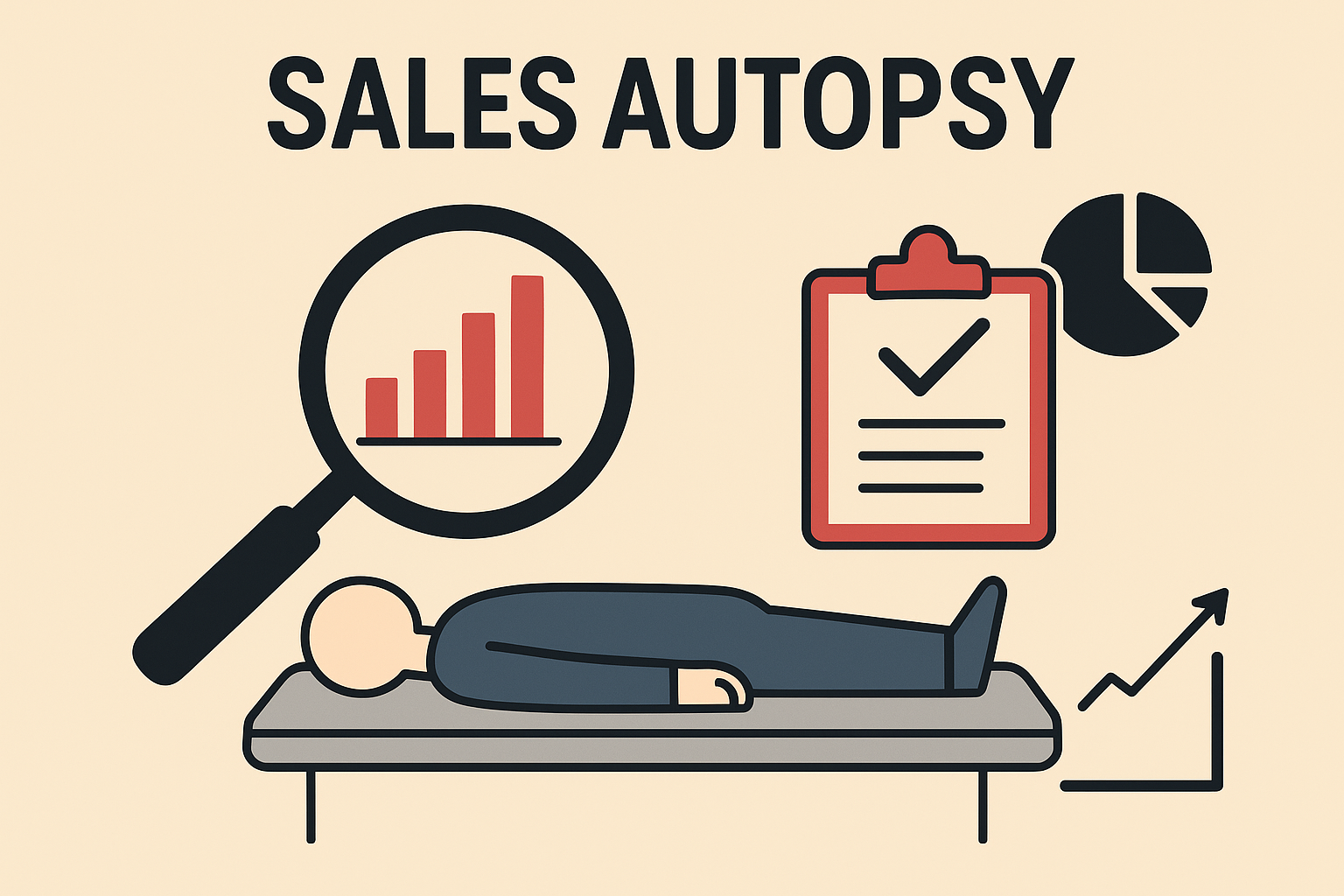
To improve industrial sales, it requires learning from our losses and making brand new future opportunities. That’s why the win loss analysis is so crucial to the sales process. Instead of thinking negatively about the loss, dissect the failure and learn from it to unlock success!
Why Every Deal Deserves a Post-Mortem
The benefits of dissecting your wins and losses can affect your business, making this analysis an indispensable tool to improve industrial sales:
- Increase Win Rates & Efficiency: By isolating the "lost reasons," you can eliminate weaknesses in your sales script, value proposition, or negotiation tactics, directly translating into higher conversion win rates on similar future opportunities. Furthermore, understanding what drives a win allows you to allocate resources (time, budget, personnel) toward the processes and segments that offer the highest likelihood of success.
- Capture Competitive & Product Intelligence: When an industrial prospect chooses a rival, the "loss" interview is a goldmine. It unearths critical information about your competitors’ pricing, feature advantages, and positioning. Similarly, a pattern of losses due to "missing features" can drive product innovation, addressing feature gaps that are actively preventing deals from closing.
Best Practices for Better Insights
To move beyond superficial data and truly improve industrial sales outcomes, your analysis must be strategic and comprehensive.
1. Look Beyond the Quarter
Avoid the trap of quarterly tunnel vision. To discover lasting, actionable trends, you must examine a relatively long period of time, sometimes a year or more. This prevents temporary market fluctuations, new product launches, or a single outlier competitor from skewing your findings. True behavioral shifts, either positive or negative, requires a long term lens to be identified as repeatable and dependable patterns.
2. Segment and Explore Every Dimension
A raw win loss rate is meaningless without context. You should segment your data along every possible variable of the sales cycle, asking key questions like:
- Which region has the lowest conversion rate and why?
- Do deals with a specific industry or deal size stall at the same stage?
- Are specific sales reps or managers struggling to navigate a particular stage of the sales funnel?
The goal is to analyze the underlying inputs that contribute to achieving your desired targets.
3. Locate the Inflection Point
The most revealing analysis focuses on the deal’s timeline. It involves reviewing the last several weeks (e.g., the last six weeks) of a lost opportunity to identify the exact moment—the inflection point—where the deal trajectory changed. Did the buyer suddenly go dark? Was a crucial piece of information or a follow up activity missed?
Pinpointing this moment, often by reviewing engagement patterns and documented activities, provides a clear idea for process improvement. If a deal was lost because the sales rep didn't effectively work the sales process or information lacked documentation, that isn't a market failure, but a correctable process gap.
Applying Wins to New Customers
Now that you have some basic analysis done, you can extend it to understand the patterns of the ‘who’ wins and ‘why’. Industrial SalesLeads can help with that and other key information. This information can be applied to help find new business that has those similar traits. Take a look at our Prospecting Services, and you’ll understand how to improve industrial sales for your company.
What to learn more? Get in Touch
Latest Posts
-
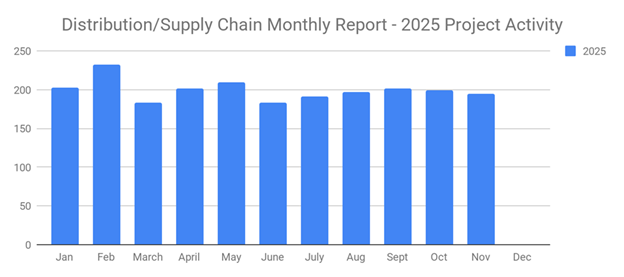
195 New November 2025 Distribution Projects Sustain Five-Month Momentum
-
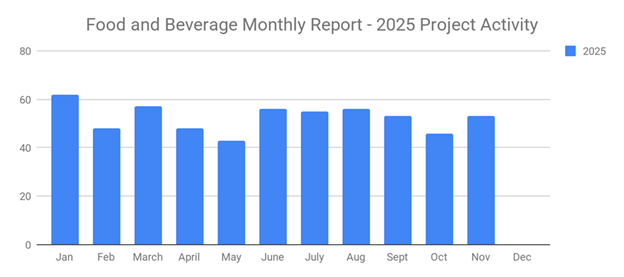
Food & Beverage Bounces Back with 53 New Capital Projects in November 2025
-
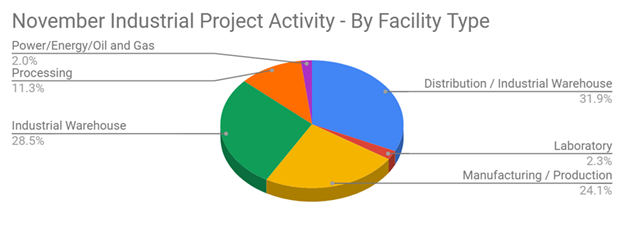
Energy Sector Sees 100% Jump in Planned Industrial Construction in November 2025
-
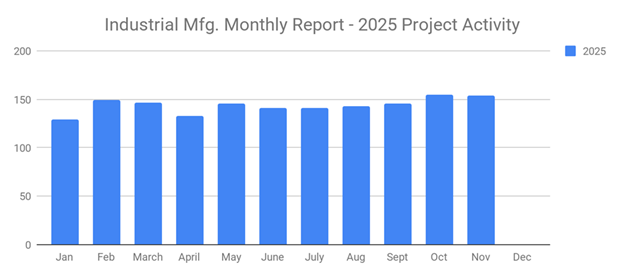
November 2025 Marks Seven Straight Months of Growth with 154 New Industrial Capital Projects

